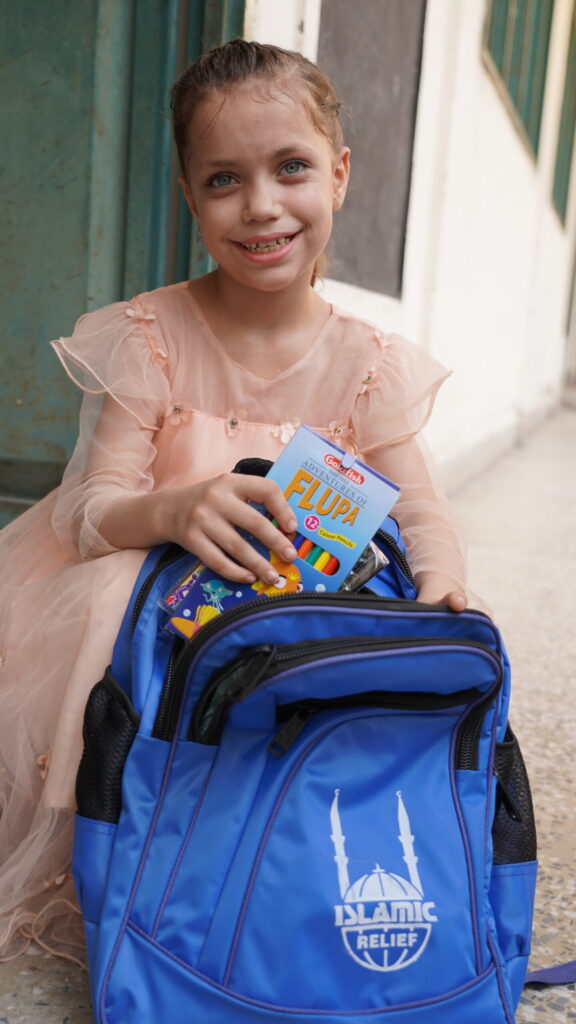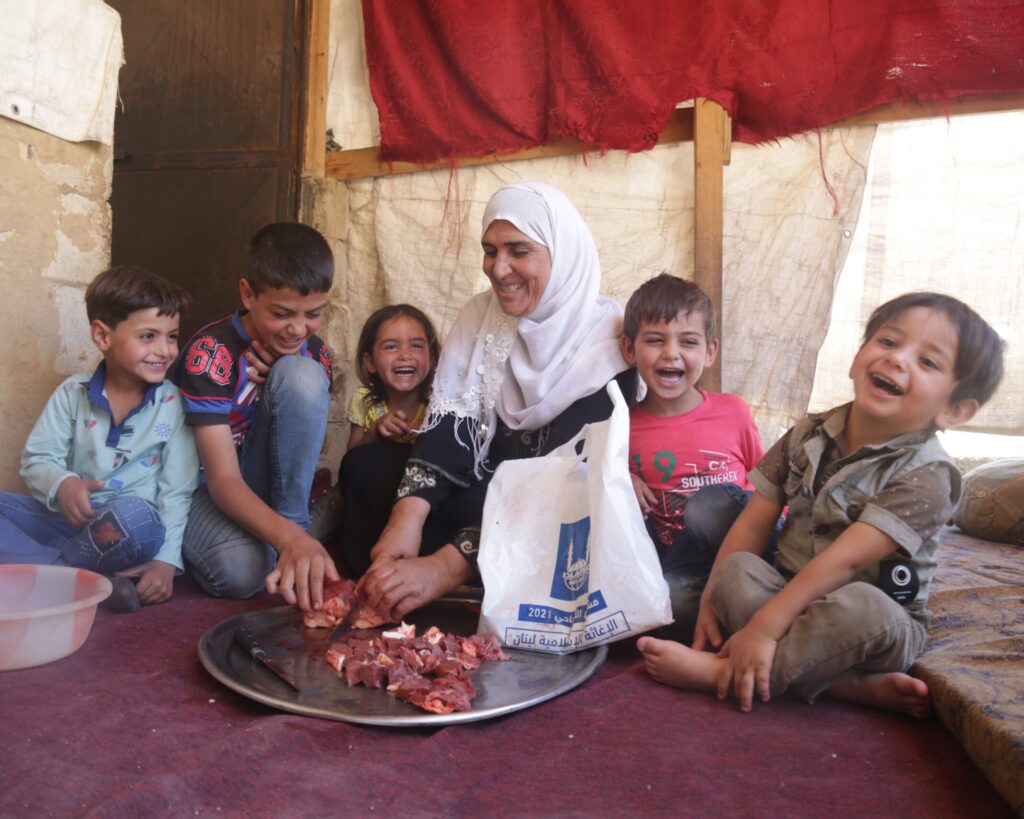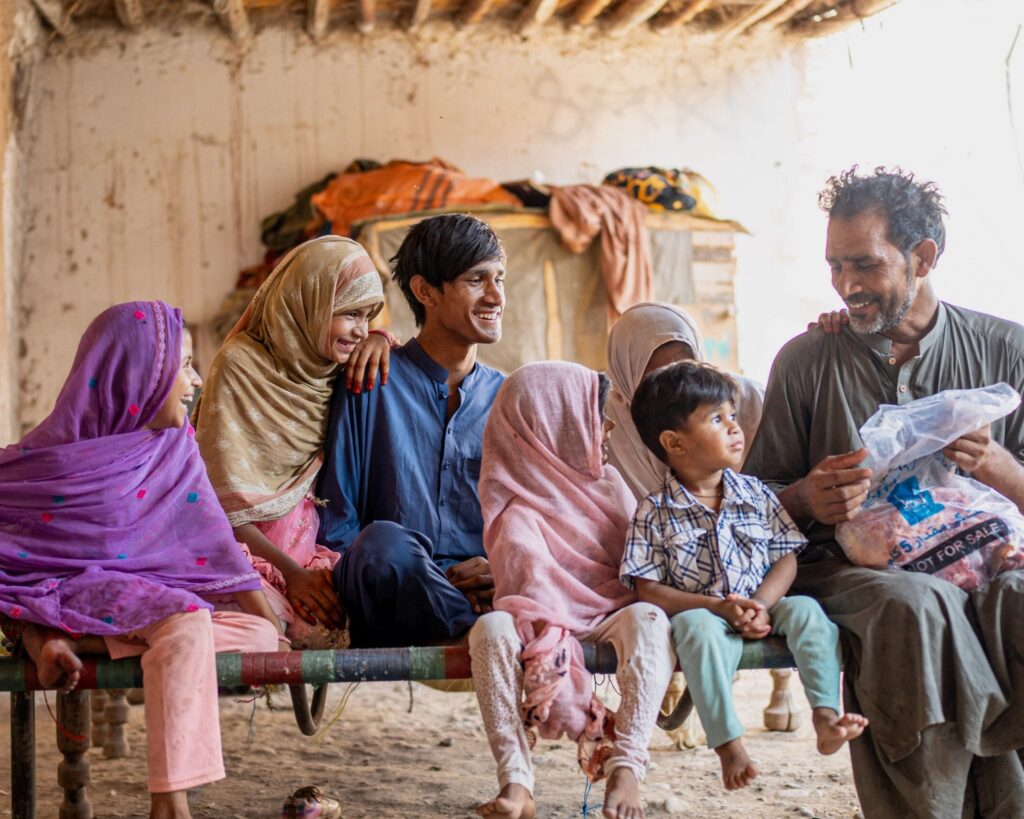Eid al-Adha (Eid ul-Adha) is an Islamic celebration occurring in Dhul Hijjah, the twelfth and final month of the Islamic (Hijri) Calendar. During this celebration, we commemorate the significance of Prophet Ibrahim (AS)’s sacrifice through Qurban.
In the Islamic Calendar, there are two days out of the year dedicated to a celebration called Eid. The other is Eid al-Fitr (Eid ul-Fitr). This marks the first day of Shawwal. A month that comes after Ramadan, a period when Muslims around the world observe fasting, from dawn to dusk, for a whole month.
Eid al-Adha begins on the 10th day of Dhul Hijjah. This year, it is likely to occur on Friday, June 6, 2025, depending on the sighting of the moon.
Unlike the more commonly used Gregorian calendar, the Islamic calendar depends on the lunar cycle. This means that all significant days in the Islamic calendar move forward approximately 11 days each year.
Therefore, the sighting of the moon determines when Dhul Hijjah will start and when the 10th day will be.
Eid al-Adha can last two to four days. In most cases, it is celebrated for 3 days. This year, it is expected to start on Friday, June 6, 2025, and end on Tuesday, June 10, 2025, depending on the moon.
This Eid is celebrated for a different number of days from Eid al-Fitr, which is typically only celebrated for one day. There are also some differences in observances.
Both Eid al-Fitr and Eid al-Adha are celebrated similarly. During these days, it is forbidden to fast. They are also usually public holidays for Muslim countries and are days for family and friends to gather and celebrate.
However, they also each commemorate different things. Therefore, there are a few key differences to how Muslims observe them.

Eid is a time for celebration with family and loved ones. There are many virtues to the day. It is also a period of rest and good tidings!

Therefore, Muslims are encouraged to do many things when celebrating Eid, such as:
Every Muslim is encouraged to pray Eid prayer in congregation with their fellow Muslim community to thank Allah (SWT) and enjoin in good.
It is the Sunnah of the Prophet (peace be upon him) to travel to the Eid prayer using one route and return home using a different direction. It was narrated by Jabir bin Abdullah:
On the Day of Eid, the Prophet (ﷺ) used to return after offering the Eid prayer through a way different from that by which he went.
Hadith | Sahih al-Bukhari
This is a day that all are encouraged to perform a ritual ablution (ghusl), wear their best clothes, wear attar (for men) and gather together with the community to bring in the celebration.
Share in the celebration of a day ordained by Allah!
This is encouraged all year round and especially on days that draw us closer to Allah.
There are many Sunan, acts the Prophet (ﷺ) used to do, that we can do on Eid day.
One of the first Sunnah is to perform ghusl, a full-body ritual bath, before leaving for the Eid prayer. We should also wear our best clothes on this day. These can be brand-new clothes or outfits we’ve saved for special occasions.
Another sunnah is to fast before leaving for the Eid prayer. This differs to Eid Al-Fitr, where it is sunnah to eat something beforehand.
Attending the Eid prayer is also a significant part of the day’s celebration. The Prophet (ﷺ) also used to walk to the prayer, which we should do so as well, if we’re able.
The recitation of takbeer (“Allahu Akbar, Allahu Akbar, La ilaha illallah, Allahu Akbar, Allahu Akbar, wa Lillahil Hamd”) is also an essential sunnah for Eid day. We recite the takbeer while leaving our homes for Eid prayer until it begins.
After the Eid prayer, Muslims should greet one another with the traditional greeting, “Taqabbal Allahu minna wa minkum” (May Allah accept (our good deeds) from us and you).
All in all, Eid is a joyous occasion that brings us together in celebration and gratitude of Allah (SWT), especially when we follow our Prophet (ﷺ)’s example.
Also, for Eid Al-Adha, don’t forget to give your Qurban!
Eid al-Adha means the “festival of Sacrifice”. One of the observances specfic to this Eid is Qurban (also called Qurbani or Udhiyah).
The Qurban commemorates the ultimate act of sacrifice performed by the Prophet Ibrahim (AS).
The story of Qurban starts with a dream Ibrahim (AS) had. One where Allah (SWT) told him to sacrifice Ismail (AS), his beloved son. While at first believing the dream was Shaytan, Ibrahim (AS) came to realise that the dream was, in fact, a message from Allah (SWT).
Ibrahim (AS) loved his son, Ismail (AS) dearly, but he had faith in Allah’s (SWT) plan and Divine Wisdom. So he did as he was instructed. When telling his son about his dream and what Allah (SWT) had commanded him to do, Ismail (AS) reassured his father. He too would follow the wishes of God and urged his father to perform the sacrifice.
As such, Muslims, in turn, also offer a sacrifice, on this day of celebration. To honour and reflect on the act of sacrifice and tawakkul (full trust and belief in Allah (SWT)) Ibrahim (AS) and Ismail (AS) showed. And how we should reflect it in our own lives.
Qurban is an important act of worship that every Muslim who has reached the age of puberty should do if they can afford it. Typically, Muslims who are eligible for Zakat should also give Qurban.
Historically, Prophet Muhammad (ﷺ) would mark Eid al-Adha by encouraging others to eat from the meat of their sacrifices from the day.
It was narrated from Aisha that the Prophet (SAW) advised:
“Eat some, store some and give some in charity.”
Hadith | An-Nasa’i

